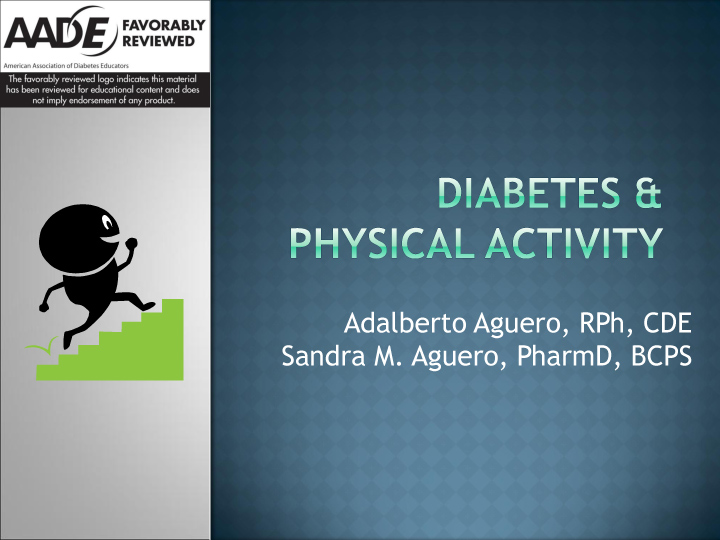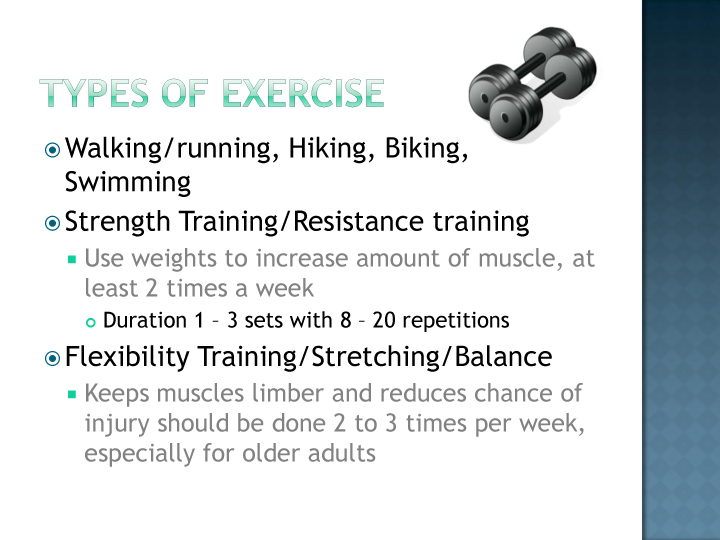Get more physical activity and get healthier!
We all know that the more active we are the healthier we are. In this presentation we will guide you through the basics of how to make subtle changes in your daily routine to help you burn more calories as well as important tips on how to read the warning signs your body gives you.
Managing your blood glucose levels is crucial to feeling in good physical shape not to mention combating long-lasting complications of all forms of diabetes. Many people can easily handle their blood glucose levels with eating right and working out by itself. Some people might have to use insulin or maybe other prescription medications as well as lifestyle improvements. Either way, monitoring your own blood sugar levels is a fundamental part of your treatment program.
In the event that you’ve just was given a medical diagnosis of having diabetes, monitoring your own blood sugar might seem like a major challenge, nonetheless once you understand how to check your actual glucose levels as well as know how very important it truly is, you’ll truly feel at ease with the process and more in control of your own health problems. Testing is extremely important simply because it informs you whether you’re keeping your own glucose levels in the range you together with your health care provider have agreed on.
The most suitable range for you relies upon your age in addition to the type of diabetes you actually have. For the younger adults who don’t have side effects of diabetes, an average target range is likely to be 80 to 120 mg/dL before meals, and below 180 mg/dL after eating. Elderly adults having additional complications from their disease could have a fasting target goal of 100 to 140 mg/dL and below 200 mg/dL after meals. That’s mainly because glucose levels that falls too low in older adults could very well be even more harmful than in the younger individuals.
A home blood glucose test measures the amount of a type of sugar, called glucose, in your blood at the time of testing. The test can be done at home or anywhere, using a small portable machine called a blood glucose meter.
Home blood sugar testing can be used to monitor your blood sugar levels. Talk with your doctor about how often to check your blood sugar. How often you need to check it depends on your diabetes treatment, how well your diabetes is controlled, and your overall health. People who take insulin to control their diabetes may need to check their blood sugar level several times a day. Testing blood sugar at home is often called home blood sugar monitoring or self-testing.
If you are using an insulin pump or if you use insulin more than once a day, the American Diabetes Association ( ADA ) recommends testing your blood sugar 3 or more times every day. If you use insulin rarely or don’t use it at all, blood sugar testing can be very helpful in learning how your body reacts to foods, illness, stress,exercise, medicines, and other activities. Testing before and after eating can help you adjust what you eat.



